In the first mouse model of the progressive form of multiple sclerosis, nanoparticles that created immune tolerance to myelin prevented the development of progressive MS.
Nanoparticles ameliorate MS in mice by inducing immune tolerance of myelin


In the first mouse model of the progressive form of multiple sclerosis, nanoparticles that created immune tolerance to myelin prevented the development of progressive MS.
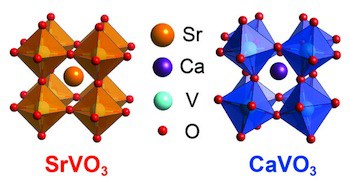
Highly correlated electron motions resembling electron liquids rather than electron gases, and found in some transition metal oxides, may enable inexpensive substitution for expensive displays.
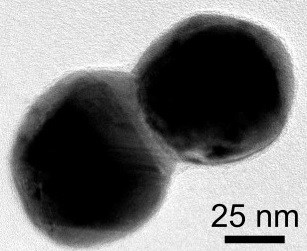
Electrochemically modifying individual metallic nanoparticles and pairs of such nanoparticles enabled reversible tuning of their optical properties, including charge transfer plasmon formation in nanoparticle pairs.
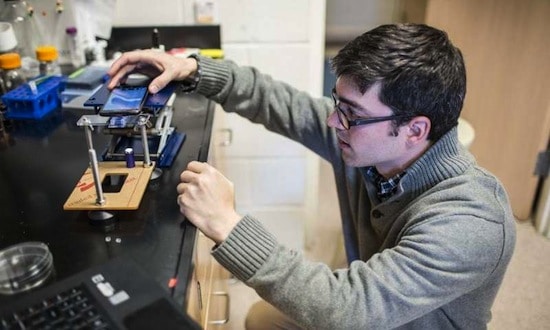
Coating micrometer-sized glass spheres with hundreds of DNA strands complementary to an RNA covering a glass slide enables the sphere to move, with the help of an enzyme that digests RNA bound to complementary DNA, a thousand times faster than conventional DNA-walkers.
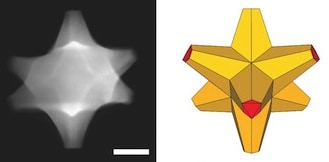
Eight-armed nanoparticles of gold coated with a gold-palladium alloy proved to be both efficient plasmonic sensors and efficient catalysts, even though gold alone is not normally a good catalyst and palladium is a poor plasmonic material.
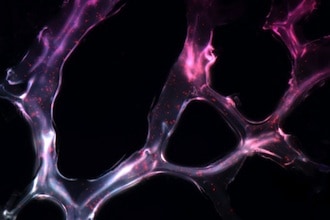
Two microRNAs with synergistic effects, one that suppresses tumor growth and another than inhibits tumor promotion, are combined in an RNA triple helix, complexed with a dendrimer to form nanoparticles, which are incorporated with a polymer to form a hydrogel that inhibits tumor growth when applied to the tumor.
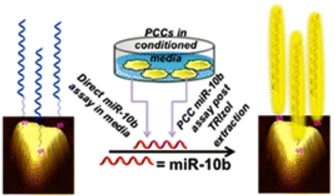
A nanotechnology-based sensor provides fast, inexpensive, ultrasensitive assay of microRNA pattern to detect cancer using DNA immobilized on a synthetic gold nanoprism.
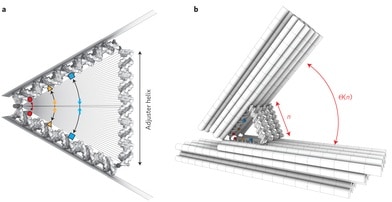
German researchers have used scaffolded DNA origami to adjust the angle of a DNA hinge joint by altering the length of special “adjuster helices”, causing molecules attached to the sides of the hinge to be displaced by as little as 0.04 nm.

Each time a laser pulse actuates the cis-trans isomerization of a single carbon-carbon double bond, a single-molecule nanosubmarine made of 244 atoms is driven forward 9 nm against Brownian diffusion.
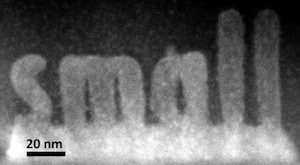
Nanometer-level control of the beam path of a scanning transmission electron microscope nudges an amorphous material into atomically precise epitaxial growth.